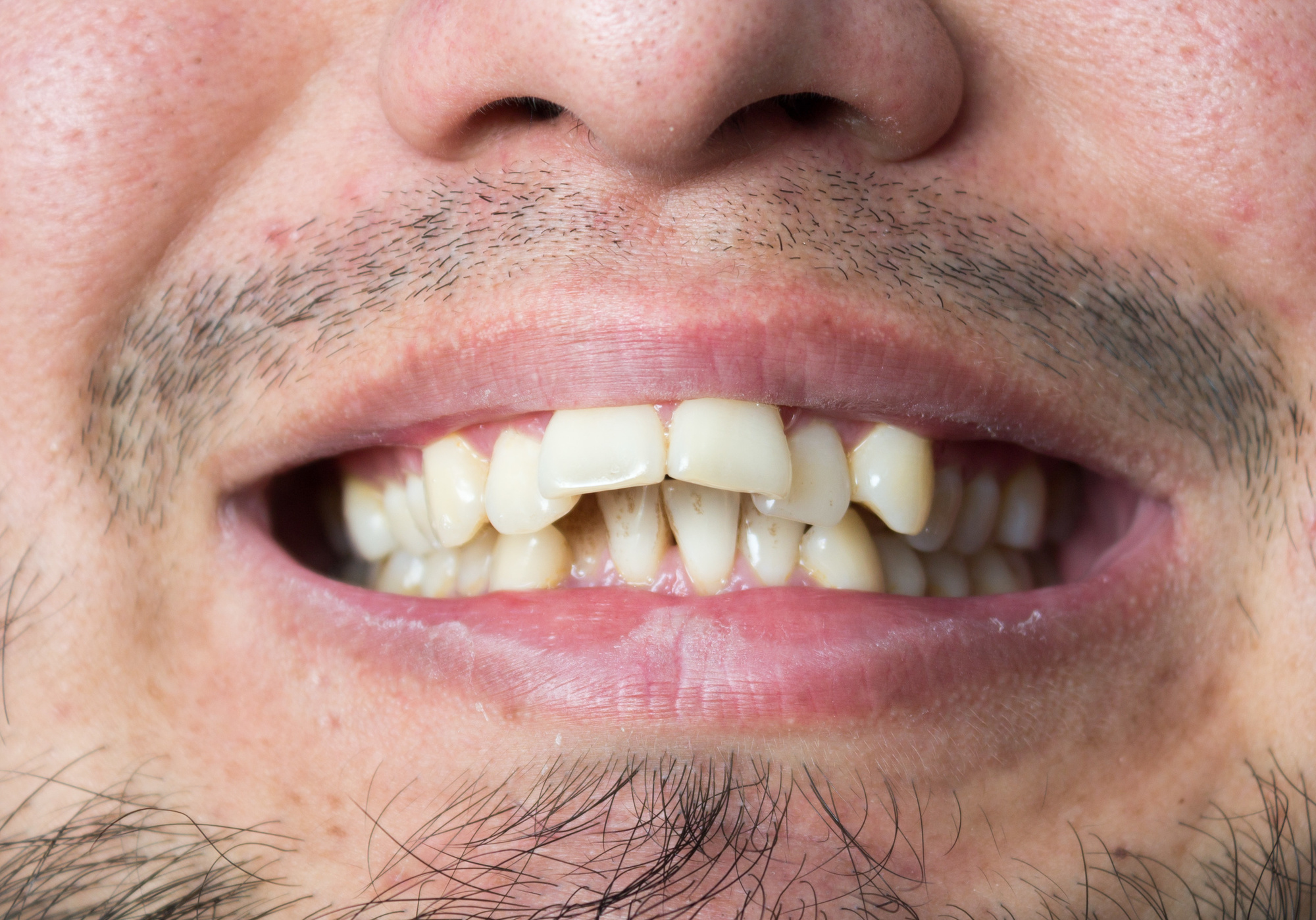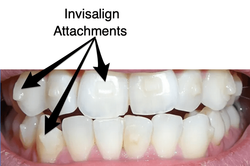Keeping Oral Health While Using Invisalign: Tips for a Smooth Experience
Keeping Oral Health While Using Invisalign: Tips for a Smooth Experience
Blog Article
Invisalign vs. Typical Dental braces: Which Option Is Right for You?
When taking into consideration orthodontic treatment, the option in between Invisalign and typical dental braces offers a number of vital aspects that warrant mindful evaluation. Invisalign supplies a very discreet choice with detachable aligners, while conventional dental braces supply an extra visible yet efficient option for severe imbalance. Each choice encompasses unique benefits and drawbacks connected to aesthetic appeals, convenience, treatment period, and cost. Understanding these subtleties is crucial for making an informed choice that lines up with your personal choices and way of living. The concern remains: which choice will ideal satisfy your orthodontic demands and expectations?
Overview of Treatment Choices

In contrast, standard dental braces include metal braces and cords that are bound to the teeth. This approach applies continuous stress in time to attain alignment. While efficient for intricate orthodontic issues, standard braces call for regular check outs for changes and can position obstacles in maintaining oral health as a result of the difficulty of cleaning around braces and wires.
Both choices have their qualities, and the choice frequently depends upon specific dental conditions, lifestyle preferences, and client compliance. Eventually, speaking with an orthodontic expert is critical for determining the most suitable treatment plan customized to individual needs. Understanding the subtleties of each alternative can considerably influence the total success of orthodontic treatment.
Visual Factors To Consider
A significant element affecting the option in between Invisalign and standard braces is the aesthetic appeal each therapy supplies. Invisalign aligners are crafted from clear plastic, making them basically undetectable when put on. This very discreet appearance is particularly appealing to grownups and teens who may really feel self-conscious concerning their orthodontic therapy. The capability to preserve a natural smile throughout the alignment procedure can significantly boost the person's self-confidence in social and professional setups.
On the other hand, standard braces contain steel brackets and wires, which can be more obvious. While advancements in orthodontic innovation have brought about the growth of smaller braces and colored elastics, conventional braces still preserve a more obvious profile. For some people, the exposure of braces may hinder them from seeking essential treatment.
Ultimately, the selection between Invisalign and conventional dental braces may pivot on personal choices concerning appearances. Clients that focus on discernment usually lean towards Invisalign, while those who are less worried about exposure might choose standard braces. Comprehending the aesthetic ramifications of each choice is essential for making a notified choice that straightens with one's lifestyle and preferences.
Comfort and Convenience

In terms of convenience, Invisalign aligners are detachable, making it possible for individuals to enjoy their favorite foods without restriction and keep ideal oral health. Brushing and flossing are streamlined, as the aligners can be obtained during these regimens, whereas standard braces call for here cautious maneuvering around braces and cables.
In contrast, standard braces necessitate routine adjustments, making them much less hassle-free for those with hectic timetables. On the whole, the convenience and benefit of Invisalign make it an enticing choice for several individuals looking for orthodontic treatment.
Therapy Period and Efficiency
While both Invisalign and typical braces are reliable in correcting dental misalignments, the period of therapy can differ substantially in between both choices. Generally, Invisalign treatment can take anywhere from 12 to 18 months, relying on the intricacy of the instance. The clear aligners work by slowly moving teeth right into their wanted positions, and regular follow-ups with an orthodontist help make sure progress remains on the right track.
On the other hand, traditional braces commonly require a longer commitment, generally varying from 18 months to three years. This is due to their fixed nature and making use of cords and brackets, which can be a lot more reliable for intricate cases and severe misalignments (Invisalign). The treatment efficiency of standard braces is well-documented, as they allow for precise adjustments and better control over tooth motion
Eventually, the selection in between Invisalign and conventional braces might pivot on both the expected treatment duration and the particular dental issues handy. Consulting with an orthodontist is essential, as they can supply customized referrals based on individual needs, ensuring the picked technique lines up with desired results and durations.
Price Contrast and Insurance Coverage Options
Price plays a substantial duty in the decision-making procedure for individuals thinking about orthodontic treatment, whether selecting Invisalign or typical braces. Generally, the cost of Invisalign arrays from $3,000 to $8,000, while conventional braces commonly set you back between $2,000 and $6,000. Factors affecting these prices include the intricacy of the situation, the duration of treatment, and geographical area.
Many oral insurance plans give partial coverage for orthodontic therapies, yet the specifics can vary commonly. Generally, standard braces may be extra frequently covered by insurance coverage strategies compared to Invisalign, which some insurance companies categorize as a cosmetic treatment.
Additionally, a number of orthodontic techniques offer versatile layaway plan, making both therapy options a lot more available. Individuals should ask about potential financing choices and discount rates for upfront settlements. Examining the overall expense, consisting of insurance policy advantages and layaway plan, is important for making a notified decision that aligns with both visual choices and spending plan considerations.

Verdict
In recap, the selection between Invisalign and standard dental braces rests on several aspects, including aesthetic choices, convenience, treatment duration, and price. Invisalign supplies a very discreet, removable option that helps with oral health and nutritional versatility, while conventional braces may be much more suitable for complex oral problems and commonly come browse around here with a lower cost point. Ultimately, assessment with an orthodontist is important to assess specific conditions official site and establish one of the most proper therapy choice for accomplishing optimal dental alignment.
When considering orthodontic therapy, the option between Invisalign and conventional braces offers a number of essential elements that merit mindful assessment.Contrasting Invisalign and standard braces discloses distinct therapy options for orthodontic improvement.While both Invisalign and conventional dental braces are efficient in correcting oral imbalances, the duration of therapy can vary significantly in between the two alternatives.Cost plays a significant duty in the decision-making procedure for individuals taking into consideration orthodontic therapy, whether opting for Invisalign or standard dental braces.In recap, the selection in between Invisalign and typical braces pivots on numerous factors, including aesthetic preferences, comfort, therapy duration, and expense.
Report this page